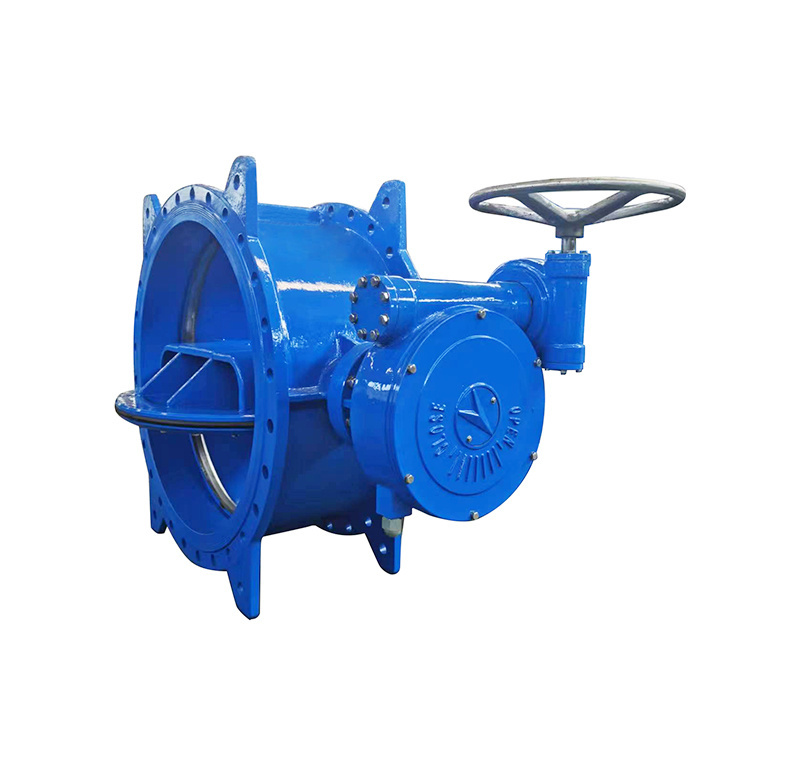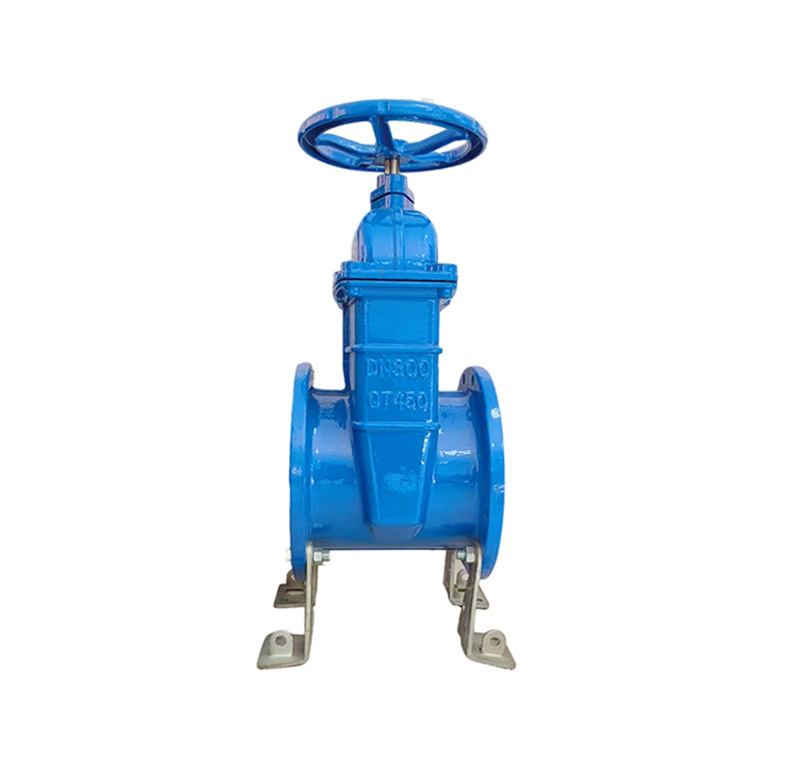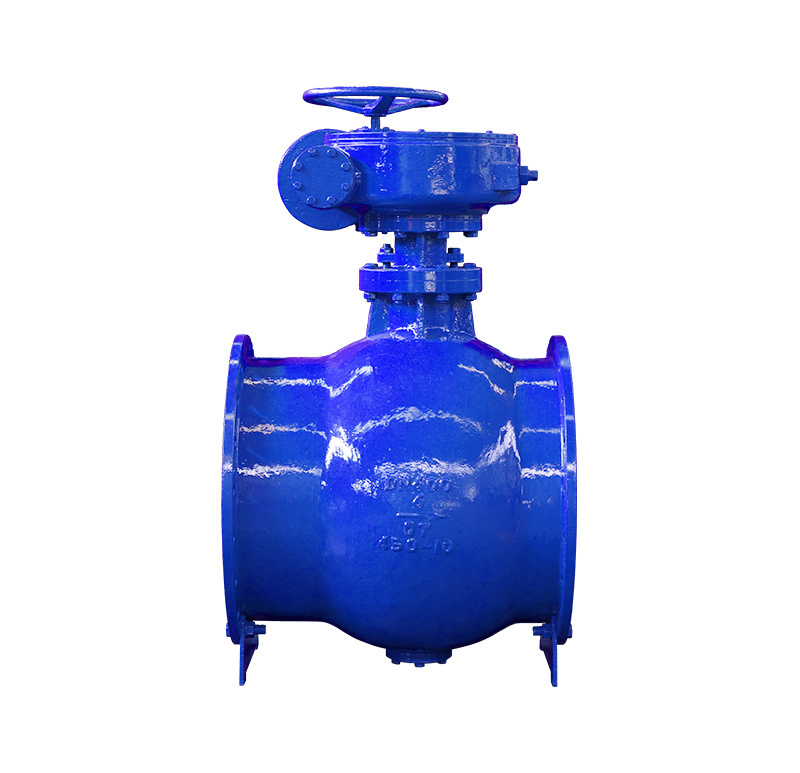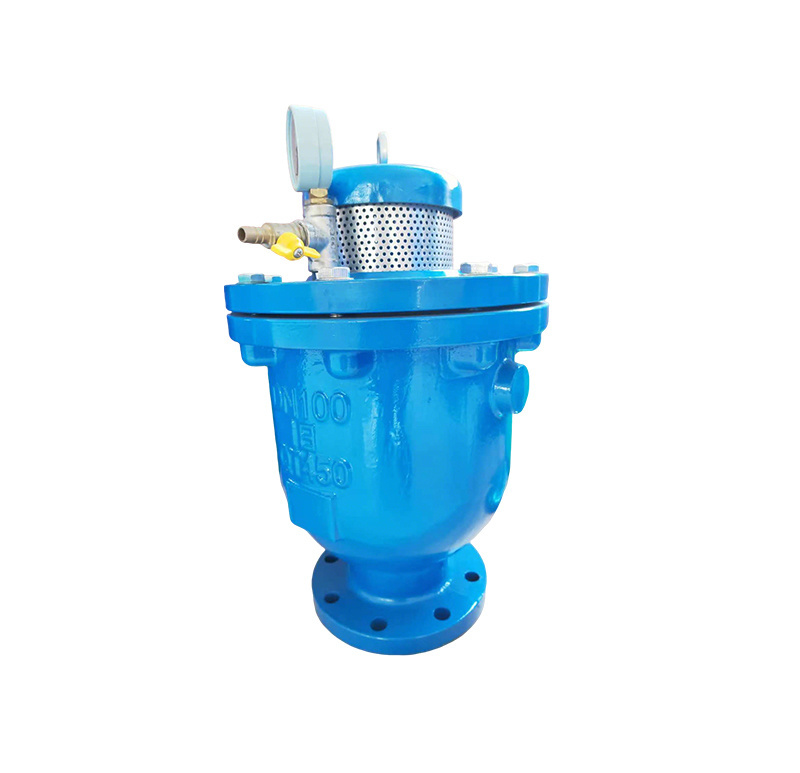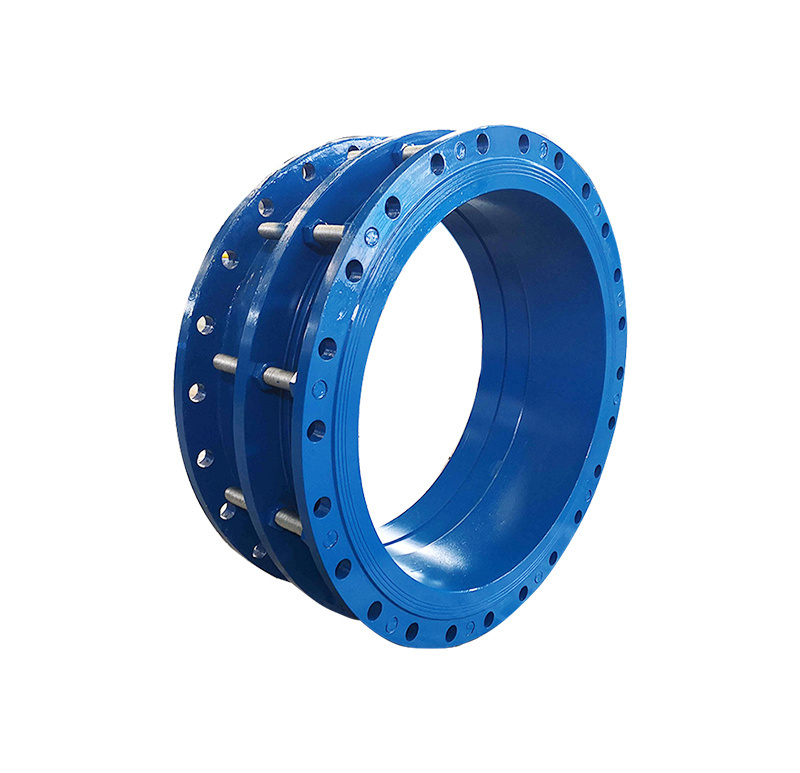Integrating Double Eccentric Butterfly Valve Spots into Automated Systems: A Comprehensive Guide
Integrating Double Eccentric Butterfly Valve Spots into Automated Systems
Table of Contents
1. Introduction to Double Eccentric Butterfly Valves
2. Understanding Automation in Industrial Systems
3. Benefits of Double Eccentric Butterfly Valves
4. Key Design Features
5. Integration Techniques for Automated Systems
6. Applications in Various Industries
7. Challenges of I
Integrating Double Eccentric Butterfly Valve Spots into Automated Systems
Table of Contents
- 1. Introduction to Double Eccentric Butterfly Valves
- 2. Understanding Automation in Industrial Systems
- 3. Benefits of Double Eccentric Butterfly Valves
- 4. Key Design Features
- 5. Integration Techniques for Automated Systems
- 6. Applications in Various Industries
- 7. Challenges of Integration and Solutions
- 8. Future Trends in Valve Automation
- 9. FAQs about Double Eccentric Butterfly Valves
- 10. Conclusion: Enhancing Automation with Double Eccentric Butterfly Valves
1. Introduction to Double Eccentric Butterfly Valves
Double eccentric butterfly valves, also known as high-performance butterfly valves, are pivotal components in many industrial systems. Their unique design allows for efficient flow regulation and minimal turbulence. These valves operate through a rotating disc that pivots around two offset axes, creating a highly efficient sealing mechanism. This distinct design not only enhances the durability and performance of the valve but also increases the ease of integration into automated systems.
In recent years, the integration of double eccentric butterfly valves into automated systems has gained significant traction. By automating these valves, industries can achieve higher operational efficiency, reduce human error, and enhance safety measures. This article delves into the intricacies of integrating these valves into automated systems, providing valuable insights and practical advice.
2. Understanding Automation in Industrial Systems
Automation has revolutionized the way industries operate, leading to enhanced productivity and precision. In industrial settings, automation systems control various processes, from manufacturing to fluid management. The integration of components like double eccentric butterfly valves into these systems is essential for optimizing workflow and ensuring seamless operations.
Automated systems utilize sensors, controllers, and actuators to monitor and manage processes. The incorporation of double eccentric butterfly valves into these platforms allows for real-time control of fluid flow, enabling industries to adapt quickly to changing demands. This section explores the fundamentals of automation and its significance in modern industrial applications.
3. Benefits of Double Eccentric Butterfly Valves
The advantages of double eccentric butterfly valves are numerous, particularly when integrated into automated systems. Key benefits include:
3.1 Improved Flow Control
Double eccentric butterfly valves provide superior flow control, allowing for precise regulation of fluid dynamics. This level of control is crucial in applications requiring specific flow rates and pressures.
3.2 Reduced Torque Requirements
Because of their unique design, these valves require less torque to operate compared to traditional valves. This characteristic translates to lower energy consumption and reduced wear on actuator components.
3.3 Enhanced Sealing Performance
The double eccentric design enhances the sealing capability of the valve, minimizing leakage and ensuring that processes remain efficient and safe. This feature is particularly beneficial in industries where fluid containment is critical.
3.4 Versatility in Applications
Double eccentric butterfly valves are suitable for a wide range of applications, including water treatment, chemical processing, and HVAC systems. Their versatility makes them an ideal choice for various automated setups.
4. Key Design Features
Understanding the design features of double eccentric butterfly valves is essential for effective integration into automated systems.
4.1 Two-Eccentric Axis Design
The most notable feature of double eccentric valves is their two-eccentric axis design, which enables smoother operation and reduces seat wear. This design also facilitates a tighter seal when closed.
4.2 Lightweight Materials
Manufacturers often use lightweight materials such as aluminum and stainless steel to construct these valves, which contributes to their ease of installation and integration into existing systems.
4.3 Actuator Compatibility
Double eccentric butterfly valves can be equipped with various types of actuators, including electric, pneumatic, and hydraulic options, providing flexibility for different automation needs.
5. Integration Techniques for Automated Systems
Successfully integrating double eccentric butterfly valves into automated systems requires a thorough understanding of various techniques.
5.1 System Compatibility Assessment
Before integrating a double eccentric butterfly valve, assess the compatibility of the existing automation system. This includes evaluating control systems, communication protocols, and actuator requirements.
5.2 Selection of Appropriate Actuators
Choosing the right actuator is critical for ensuring the valve operates as intended. Factors such as the valve size, fluid characteristics, and required response times should guide the actuator selection process.
5.3 Incorporation of Sensors
Integrating sensors into the system allows for real-time monitoring and feedback on valve performance. This includes flow rate sensors, pressure sensors, and position sensors, which enhance the overall efficiency of the system.
5.4 Control System Programming
Program the control system to accommodate the specific needs of the double eccentric butterfly valve. This involves setting parameters for actuation, flow control, and feedback loops, ensuring that the valve responds accurately to system demands.
6. Applications in Various Industries
Double eccentric butterfly valves find applications across numerous industries, each benefiting from their unique features.
6.1 Water and Wastewater Treatment
In water treatment plants, these valves regulate flow rates and manage pressure within pipelines. Their reliability and efficiency are essential for maintaining water quality.
6.2 Chemical Processing
Chemical processing industries rely on double eccentric butterfly valves to control the flow of reactive chemicals safely. Their ability to handle varying pressures and temperatures makes them ideal for such applications.
6.3 Oil and Gas
In the oil and gas sector, these valves are crucial for managing flow in pipelines and processing facilities. They provide robust performance in harsh environments, ensuring safety and efficiency.
6.4 HVAC Systems
Heating, ventilation, and air conditioning (HVAC) systems benefit from the precise flow control offered by double eccentric butterfly valves, contributing to energy efficiency and improved air quality.
7. Challenges of Integration and Solutions
While integrating double eccentric butterfly valves into automated systems offers numerous benefits, certain challenges may arise.
7.1 Technical Complexity
The integration process can be technically complex, requiring expertise in both valve technology and automation systems. Collaborating with skilled engineers can help navigate these complexities.
7.2 Maintenance Requirements
Regular maintenance is necessary to ensure optimal performance of double eccentric butterfly valves. Developing a comprehensive maintenance schedule can mitigate potential issues.
7.3 Cost Considerations
The initial investment for double eccentric butterfly valves may be higher than traditional valves. However, the long-term savings through increased efficiency and reduced downtime often justify the cost.
8. Future Trends in Valve Automation
As technology continues to advance, several trends are emerging in the realm of valve automation.
8.1 Smart Valves
The integration of smart technology into double eccentric butterfly valves is on the rise. These smart valves feature IoT connectivity, allowing for enhanced monitoring and control capabilities.
8.2 Predictive Maintenance
Advanced data analytics and machine learning are paving the way for predictive maintenance strategies. These approaches enable industries to forecast potential failures and perform maintenance before issues arise.
8.3 Sustainability Initiatives
As industries strive for sustainability, the demand for energy-efficient and environmentally friendly solutions is increasing. Double eccentric butterfly valves play a crucial role in achieving these sustainability goals.
9. FAQs about Double Eccentric Butterfly Valves
9.1 What is a double eccentric butterfly valve?
A double eccentric butterfly valve is a valve design that features two offset axes, allowing for improved flow control, reduced torque requirements, and enhanced sealing performance.
9.2 What industries use double eccentric butterfly valves?
These valves are widely used in industries such as water treatment, chemical processing, oil and gas, and HVAC systems.
9.3 How do I choose the right actuator for my valve?
Selecting the right actuator depends on factors such as valve size, required response time, and fluid characteristics. Consult with a valve specialist to determine the best fit.
9.4 Are double eccentric butterfly valves suitable for high-pressure applications?
Yes, double eccentric butterfly valves can handle high-pressure applications, making them suitable for various industrial processes.
9.5 What maintenance is required for double eccentric butterfly valves?
Routine inspections, cleaning, and lubrication are essential for maintaining these valves. Developing a scheduled maintenance plan can help prevent issues.
10. Conclusion: Enhancing Automation with Double Eccentric Butterfly Valves
Incorporating double eccentric butterfly valves into automated systems represents a significant advancement in industrial efficiency and performance. Their unique design offers benefits such as improved flow control, reduced torque requirements, and enhanced sealing capabilities. By understanding the integration techniques and addressing potential challenges, industries can fully leverage the advantages of these valves.
As technology continues to evolve, staying abreast of trends in valve automation will ensure that businesses maintain a competitive edge. Investing in double eccentric butterfly valves is not just a decision for today but a strategic move towards a more efficient and automated future.
Previous
Previous:









